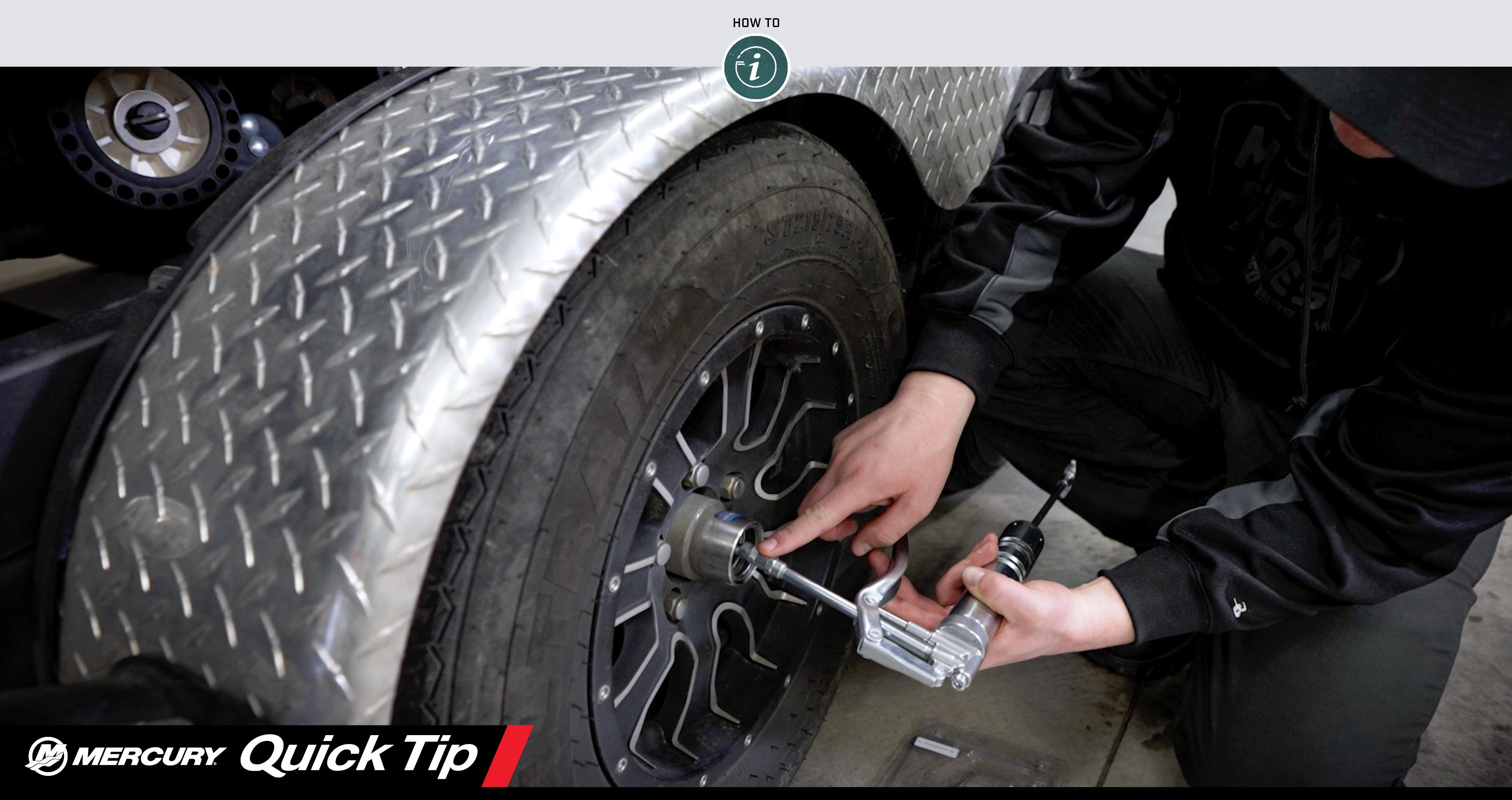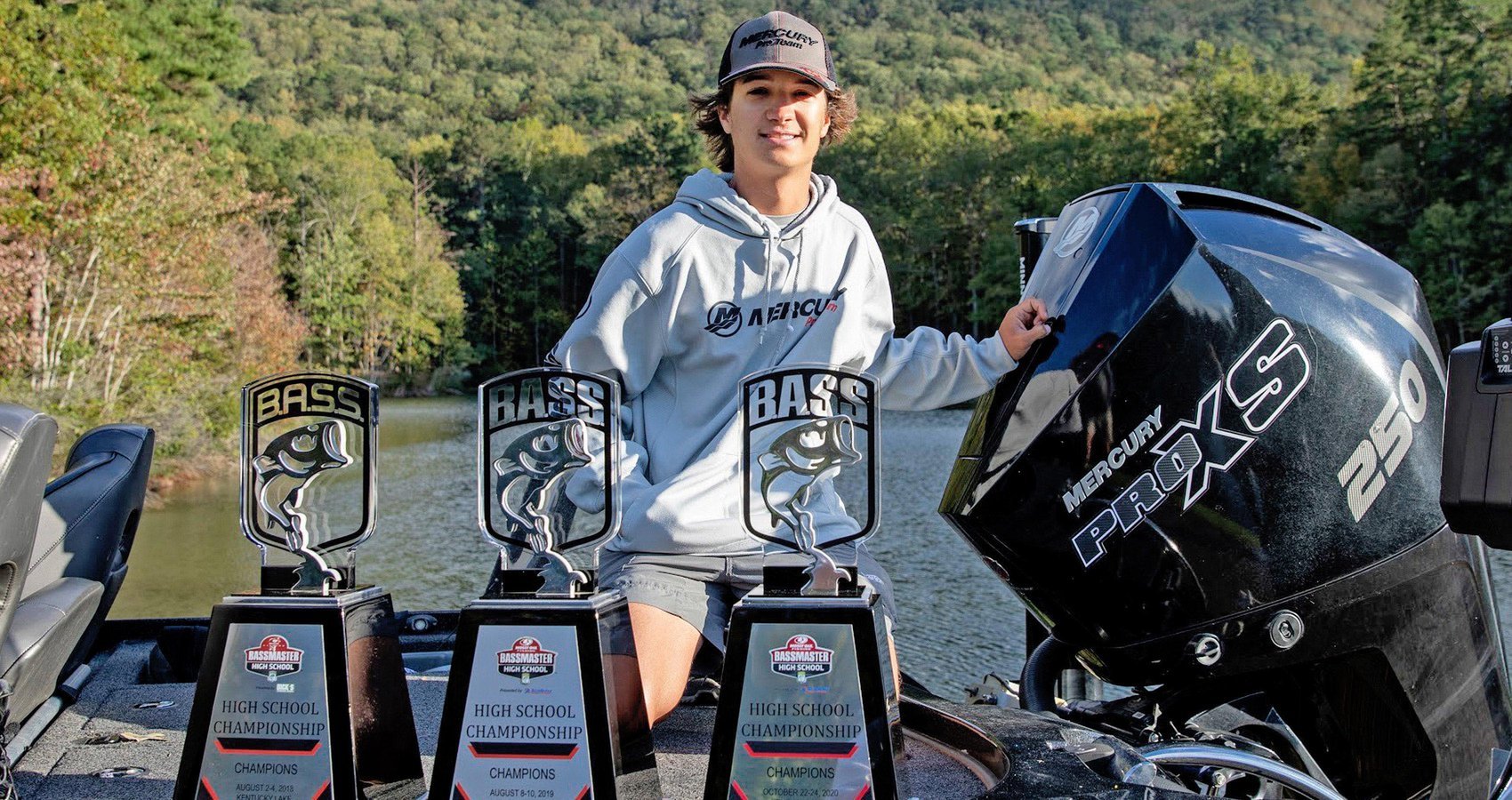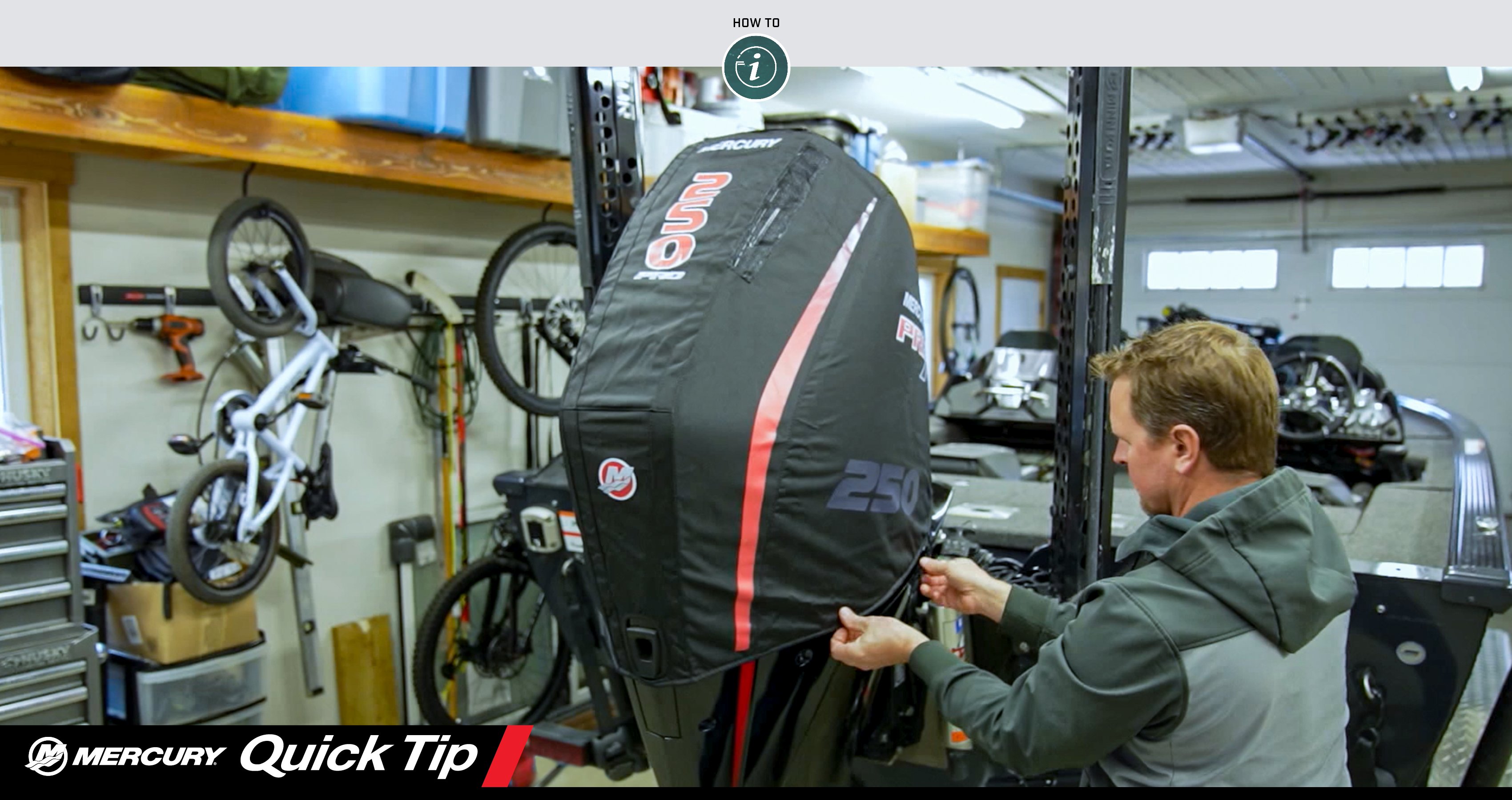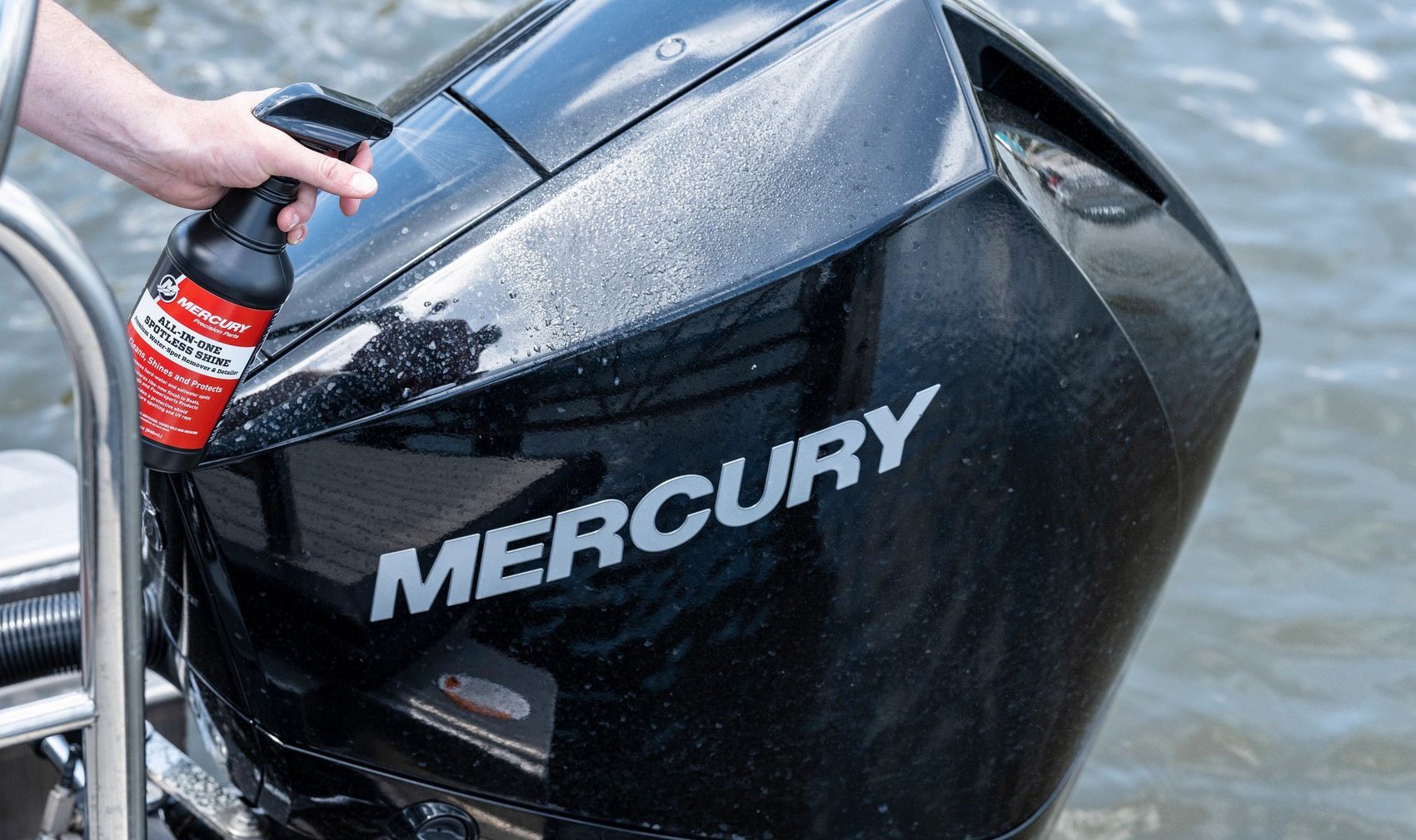Though Peter Miller doesn’t rely on live baitfish to fuel his sport-fishing efforts every day, on the days that do call for bait, Miller knows that reliably finding and catching cigar minnows, pilchards, threadfin herring, goggle eyes, sardines or ballyhoo is usually the first step toward keeping the rods bent. To catch them, he often turns to a sabiki rig first, and then a cast net when needed. Learning how to throw and handle a cast net is an essential skill for many anglers, especially in saltwater, and Miller offered the following advice for getting it done.
Where and When to Catch Bait with a Cast Net
Miller looks for cigar minnows and goggle eyes over rock patches and wrecks in the 20-foot range. He finds most of the other baitfish species he uses in shallower water where sand bottom meets a grassy edge. Miller prefers to collect his live bait with a sabiki rig – a string of gold hooks with small feathers or other attractors and a weight below. Jiggling these hooks through the water column resembles tiny forage to baitfish species.
“When you sabiki your bait, it will last longer, it won’t have any marks and it will look better on a kite or flat line,” Miller said. “But sometimes, the current’s not right and the fish ignore the sabiki. Then you chum the area to attract baitfish and cast net them.
“Moving water – in or out – is important to spread your chum and gather the baitfish. Also, you want someone to position the boat so you throw the net downwind. It’s very difficult to throw a cast net into the wind, even if it’s light.”
Cast Netting Tools and Technique
Miller most commonly uses a 10-foot cast net with 18 to 20 pounds of lead, though occasionally he upsizes to a 12-foot cast net with 22 to 24 pounds of lead. The net’s lead line and mesh size determine the sink rate.
Essentially, the larger the mesh, the more easily water passes through the openings and the faster a cast net descends. For bigger baits in deeper water, Miller likes 1/2- to 3/4-inch mesh, and if he’s in 5 feet or less, he goes with 1/4-inch mesh.
Before attempting to catch live bait, Miller inspects his net to check for tangles. He’ll lay the lead line on the bow, grab the top, which is called the horn, and walk the net back to stretch out its entire length.
“Spin the horn around to ensure the barrel swivel at the top is properly aligned so there are no tangles and no clusters,” Miller said.
Once he knows his net is in order, Miller follows a well-rehearsed process to properly toss the net. To see how he does it, check out the video below.
5 Tips for Cast Net Success
1. Attach the rope to your wrist – Without this connection, you’ll get one throw and then it’s bye-bye cast net.
2. Wear bibs – The cast net is wet and often holds bits of seaweed, along with baitfish slime and chum. When you finish cast netting, rinse off the cast net, remove and rinse your bibs, and start the day clean and neat.
3. Time your closing – If baitfish are high in the water column, Miller closes the net as soon as he sees it cover the school. If they’re on the bottom, he’ll let the net sink all the way before closing.
4. Protect your baitfish – The quicker you get your baitfish into the livewell the better. For a floor-level well, Miller will lift a full net over the gunwale and drop the baits directly into the livewell.
“For a transom well, stand up on the gunwale and empty your baits directly into the well water,” he added.
5. Plan ahead – Most anglers will catch live bait the same day they fish, but charters and hardcore anglers will bait up a day or so before their scheduled trip and hold their baitfish in flow-through pens at their marina slip or private dock.
Circular pens with rubber-coated wire frames keep the baitfish from bruising their noses or scraping their sides. Pool noodles zip-tied to a pen’s top edge keep the pen floating and the baitfish within easy reach for dip net access. However, if herons, egrets or pelicans start perching on the lid and harassing your baitfish, Miller says lose the floats, tie the pen to a dock cleat and sink it to the bottom until you’re ready to go fishing.
Remember to care for your cast net and keep it clean and dry when not in use, and store it carefully to avoid tangles. That way, with your new skills at the ready, you’ll always be prepared to kick-start your fishing adventures with a fresh supply of live bait.
Peter Miller is a Mercury Pro Team member and the host of “Uncharted Waters.” To see more great fishing content from Miller, follow him on Instagram, Facebook and YouTube.




